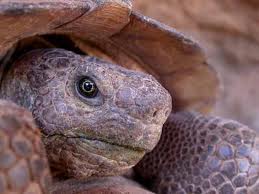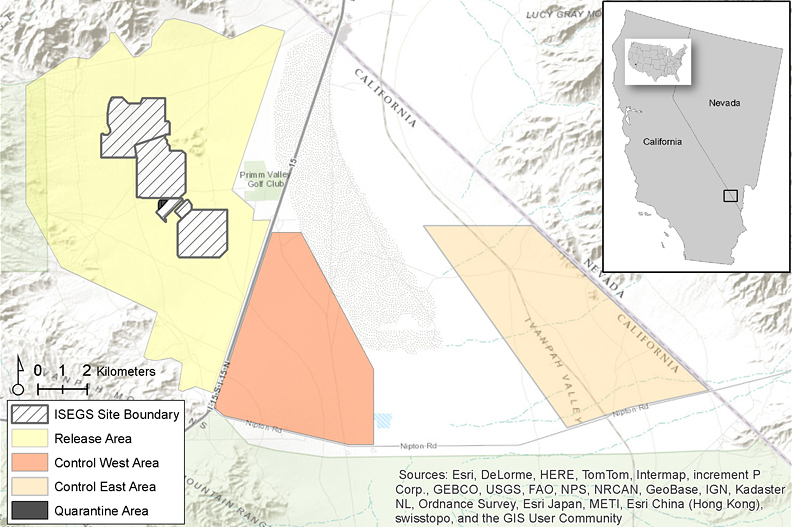CSP’s modeling study provides some surprising answers about the effects of translocating the threatened Mojave desert tortoise away from utility-scale solar plants.
 Utility-scale solar power plants are popping up all over the West. They provide a clean, reliable source of renewable energy; however, they are not without impacts, particularly to federally protected species such the Mojave desert tortoise. For years, tortoises have been translocated away from utility-scale solar power plants to offset the potential impacts of development. However, to date, little research has been conducted to determine the extent to which translocation increases the risk for predation, thermal stress, dehydration, starvation, and disease in tortoise populations.
Utility-scale solar power plants are popping up all over the West. They provide a clean, reliable source of renewable energy; however, they are not without impacts, particularly to federally protected species such the Mojave desert tortoise. For years, tortoises have been translocated away from utility-scale solar power plants to offset the potential impacts of development. However, to date, little research has been conducted to determine the extent to which translocation increases the risk for predation, thermal stress, dehydration, starvation, and disease in tortoise populations.
A team led by CSP recently published a study that examines how short-distance translocation influences the space-use patterns of Mojave desert tortoises. The study analyzed the relationships between home range size and various environmental and demographic measures — and found some surprising results.
During the first season, translocated tortoises not only had larger home ranges than resident and control groups but their space-use intensity was lower. However, these trends disappeared by the second season. Tortoises typically spent one active season questing before adopting a new home range that was indistinguishable in size from that of their non-translocated cohorts.

The Ivanpah Solar Electric Generating System project footprint (white boundary), as well as the locations of the translocated and resident (yellow area), control west (orange), and control east (beige) study groups also are shown.
These findings have significant implications for conservation. Simply minimizing the time required for translocated tortoises to adapt to new surroundings reduces their exposure to various risk factors.
CSP’s results can be developed further and used to guide future best practices for translocating the desert tortoise and other species.
Click here to access maps and a link to the study.

